The Effects of a Sustainable Transportation System
Today, there are already 26 million electric vehicles registered on the roads, and according to the International Energy Agency, that number is projected to grow to 240 million by the end of the decade. At the same time, hydrogen remains a vital component in achieving net-zero emissions by 2050. Efforts are also underway to reduce carbon emissions from traditional fossil fuels by blending them with biofuels.
These shifts indicate the emergence of a transportation system that is sustainable, energy-efficient, and environmentally conscious. But what does this future hold for gas stations worldwide? Will they be electric? What about hydrogen and biofuels?
This is undoubtedly a pressing question for many fuel retailers. While only time will provide definitive answers, one thing is clear: adopting a passive stance could leave you far behind in this rapidly evolving sector. Therefore, it's essential to understand the differences between alternative fuels and how they will influence the current transportation system.
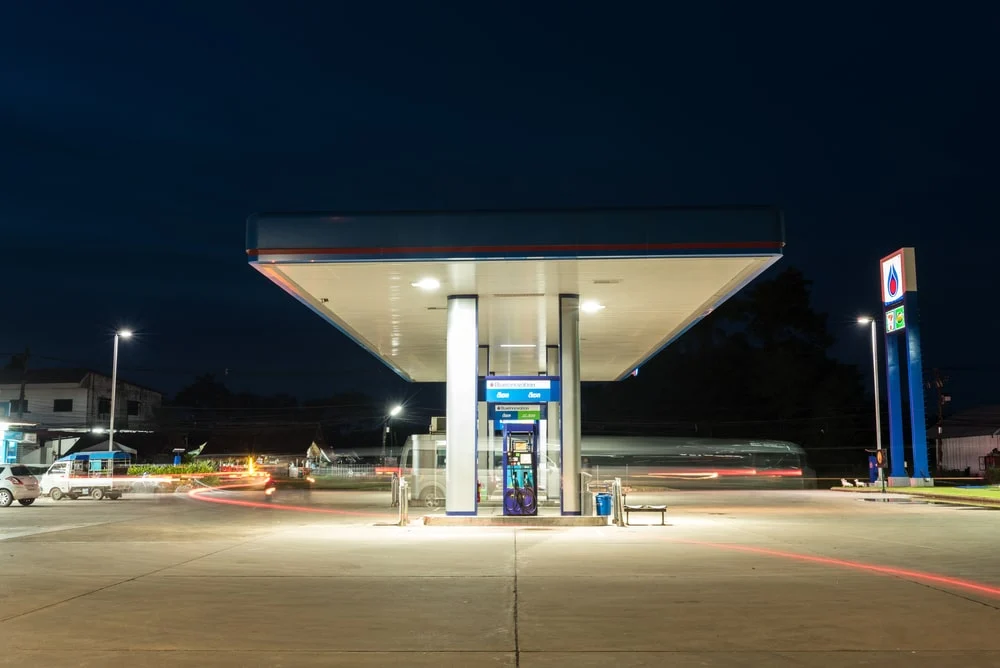
Gas Stations Have Always Had to Adapt to Survive
Change, though daunting, is nothing new for gas stations. Initially, fuel pumps were manned, and there was little room for additional services. Over time, as regulations evolved and self-service became the norm, more people began visiting stores, leading to the rise of the gas station/convenience store model, now known as the fuel retail industry.
As the years passed, a variety of services—such as car washes, vending machines, and more—were added. Today, this combination is commonplace, and many customers have come to expect such offerings. In fact, according to a recent Boston Consulting Group study, more than 75% of fuel retailers believe that non-fuel margins will become increasingly important.

However, the sector faces growing pressure due to sustainability concerns and shifting mobility habits, prompting many fuel retailers to explore their role in the future of transportation. In that same report, Boston Consulting Group emphasizes that for fuel retailers to thrive, they must go beyond optimizing their traditional core business. They need to make bold moves into promising new ventures, adapt their service stations to accommodate new vehicle types, leverage their real estate effectively, and prioritize sustainable practices.
A New Era for Gas Stations: Alternative Fuels
As the transition from fossil fuels accelerates, transportation—responsible for roughly 20% of global emissions worldwide—has become a focal point for governments. Around the globe, incentives are being offered to promote low-carbon transportation, with many countries planning to ban the sale of new internal combustion engine (ICE) vehicles in the coming decades.

The reality is that for fuel retailers, their business sits at the forefront of conversations about climate change, sustainable transportation, and the future of mobility as a whole. Recognizing this, oil and gas companies are reassessing their positions in the decarbonizing world and contemplating how they wish to operate in the future. A 2021 report from McKinsey predicted that without a change in business model, fuel retail will see a gradual decline in value across mature markets, from $87 billion in 2019 to $79 billion by 2030.
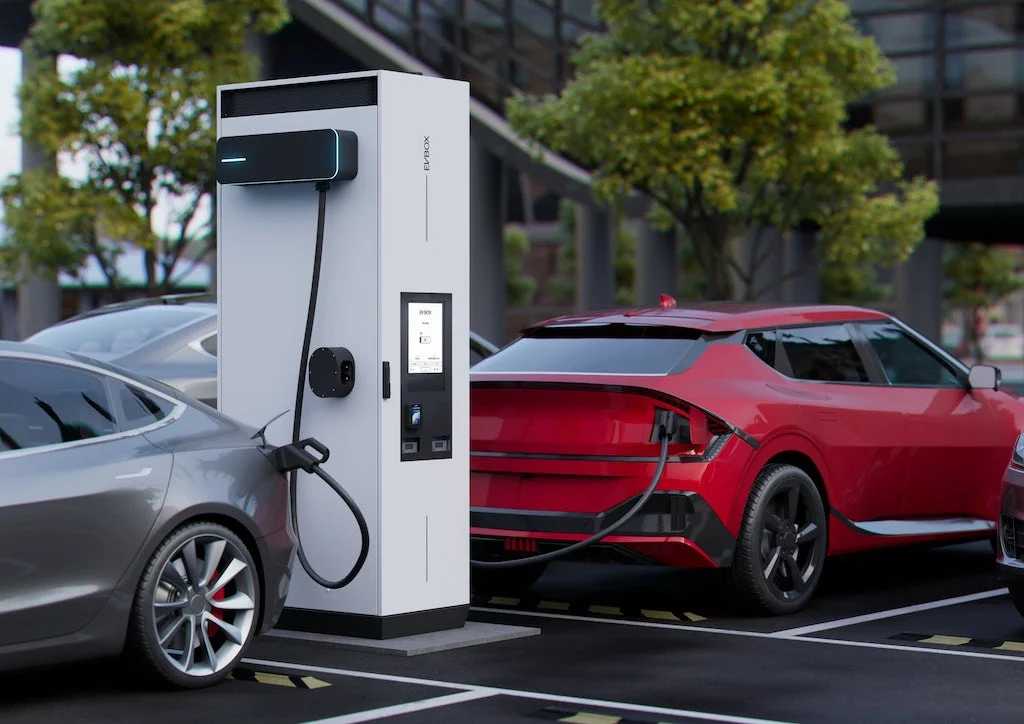
The Rise of Electric Mobility
Electric mobility represents a powerful tool to address transport-related emissions and swiftly move away from fossil fuels. Globally, businesses and consumers alike are increasingly choosing EVs as their preferred mode of transportation. For instance, many companies are transitioning their fleets to electric versions, from delivery trucks to heavy-duty distribution vehicles. Amazon, UPS, and Ikea are notable examples of firms committing to electrify significant portions—or even all—of their fleets. According to a Boston Consulting Group report titled "A New Era for Fuel Retailers," "To succeed in a low-carbon future, fuel retailers need to maximize the value of their traditional core business while expanding their value chain and unlocking the potential of diverse new ventures."
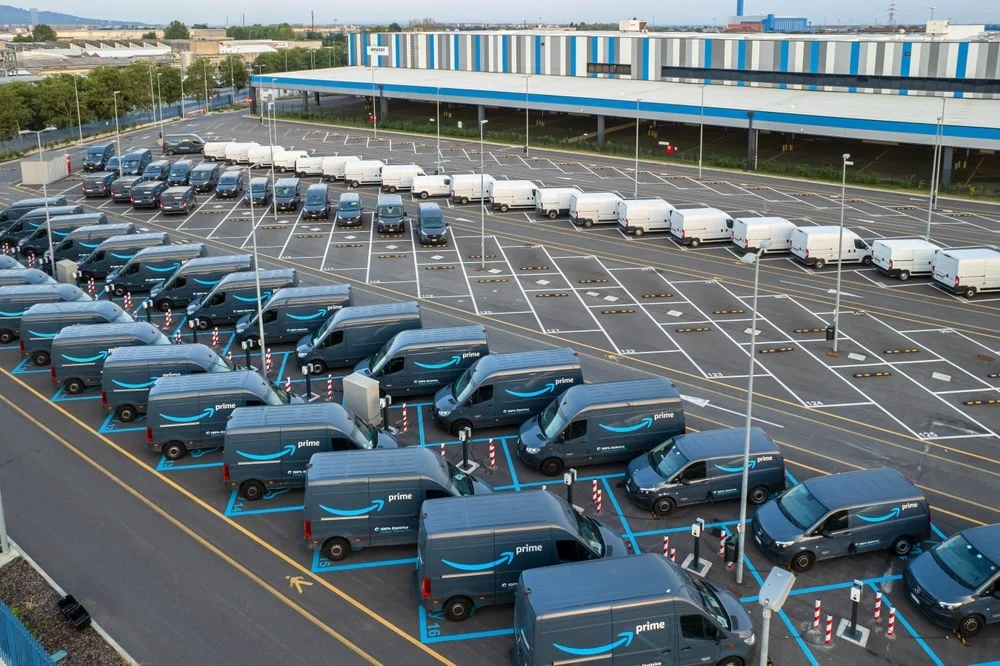
Perhaps most telling is the shift in consumer sentiment. Millions of people now view electric mobility as the future, with over 40% of car buyers considering purchasing an EV. Industry leaders have even declared that "the automotive future is electric," suggesting that the tipping point for passenger EV adoption has already been reached. However, despite this growth, infrastructure challenges persist in certain regions, presenting a significant opportunity for fuel retailers to invest in EV charging infrastructure. Many forward-thinking gas stations have already begun installing EV charging stations.
For example:
- Shell currently operates more than 34,000 public charge points globally and aims to have 70,000 on-street electric vehicle charging points by 2025.
- BP plans to expand its EV charging network to 100,000 points by 2030.
- TotalEnergies intends to increase its EV charging network in Europe to 150,000 charging points by 2025.
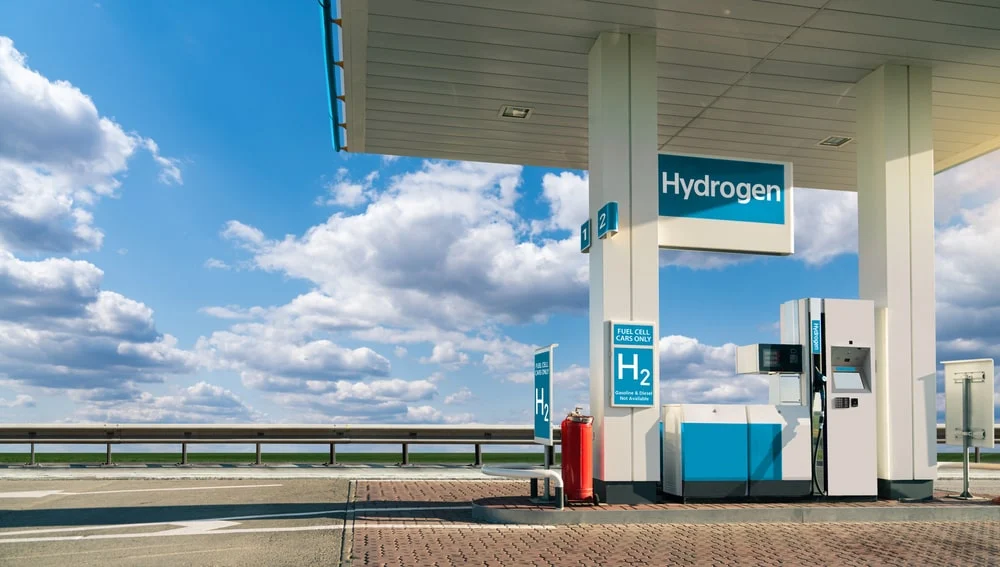
Hydrogen
Electric mobility isn't the only sustainable alternative aiming to replace diesel and gasoline. Hydrogen is also being positioned as a key tool in the fight against climate change—but will it become a standard feature for fuel retailers?
Before diving into the answer, let's first explore the question: what exactly is hydrogen?
What Is Hydrogen Fuel?
Hydrogen is an alternative fuel similar to natural gas, produced through a process called steam reforming. It has been used in transport for decades, serving as rocket fuel and powering airships like zeppelins.

As early as the 1970s, some vehicle manufacturers touted hydrogen as the future of fuel for all types of transport, and since then, billions have been invested in hydrogen fuel cell research and development. However, in the years since, hydrogen fuel cell passenger vehicles have not become commercially viable due to high production costs, the challenge of sourcing green hydrogen, and fierce competition from EVs.
Hydrogen Passenger Vehicles
In line with green hydrogen's potential, many vehicle manufacturers have started developing hydrogen fuel cell vehicles (FCVs). Today, there are two models of hydrogen passenger vehicles available: the Hyundai Nexo and the Toyota Mirai.
Others, like BMW, have hydrogen plans in the works. However, many hydrogen projects by Daimler and Volkswagen have been shelved due to excessive costs in both the production of FCVs and the creation and transport of hydrogen, regardless of the energy source.
Is hydrogen a better alternative for passenger vehicles?
As Julia Poliscanova, Senior Director of Vehicles & Emobility Supply Chains at Transport & Environment, an advocacy group for sustainable transport, put it in our REVOLUTION Podcast, "When it comes to electric costs, just the pure efficiency and technology maturity of where batteries are today pretty much have canceled out any competition from hydrogen."
In addition, during the 2023 Consumer Electronics Show in LA, Volkswagen CEO, Thomas Schafer, told the Spanish AutoBild in an interview that hydrogen has some significant drawbacks compared to battery technology and that it’s not for Volkswagen, at least not in the next ten years.
Hydrogen Heavy Vehicles
While hydrogen-powered passenger vehicles are gradually being sidelined by original equipment manufacturers (OEMs) in favor of batteries, the situation is quite different when it comes to heavy vehicle manufacturers. According to Munich-based automotive consultancy firm Berylls Strategy Advisors, by 2030, 25% of new truck sales in Europe will be electric, and a further 10% will be hydrogen fuel cell electric vehicles.

For heavy vehicles, which account for approximately a quarter of all transport emissions, hydrogen can provide a viable alternative to gas-powered internal combustion engines, offering a comparable driving experience. As David Cullen, a scientist at Oak Ridge National Laboratory, explains, "Hydrogen fuel cells are ideal for the trucking industry because the refueling time and driving range are comparable to gasoline-powered trucks, and travel routes are predictable, which lowers the barrier for developing a fueling infrastructure."
As a result, the potential of hydrogen in this form of transport means that it may become more common on our roads. However, while fuel cell technology continues to improve and become more affordable, the production of green hydrogen lags behind its fossil fuel-dependent counterparts.
Is Hydrogen Fuel Renewable?
One of the major hurdles for hydrogen is the debate surrounding whether the energy source is renewable or non-renewable. The vast majority of hydrogen production (approximately 95%) today comes from fossil fuels. For example, brown hydrogen is produced through the gasification of coal, while grey hydrogen is derived from natural gas—neither of which are particularly sustainable resources.
Blue hydrogen is considered a low-emission fuel source because it captures carbon dioxide and stores it away, though the sustainability of this process is debated. Green hydrogen, on the other hand, is created using renewable energy and holds the potential to be a key driver of the energy transition.
Yet, while green hydrogen has the potential to be a sustainable energy source, it’s unlikely to become sufficiently available until 2033. As a result, hydrogen-heavy vehicles may become more common on the roads, but unless the production of green hydrogen is scaled up, it's unlikely that they'll overtake electric vehicles to lead the decarbonization of the heavy transportation industry.

Another less-discussed aspect is the metals and materials required to manufacture fuel cells. While EV batteries are often criticized for their environmentally problematic components, hydrogen fuel cells aren't necessarily much better. As Julia Poliscanova mentions in a Revolution Live episode, "It's really wrong to say that hydrogen vehicles fuel cells have less of a problem with critical metals. They do, they’re just different critical metals—palladium, platinum. So, it’s the same problem with different periodic table numbers."
Biofuels
Biofuels are created by breaking down feedstocks such as vegetable oils and animal fats, transforming them into either ethanol or biodiesel, and blending them with traditional gasoline or diesel to produce a low-carbon alternative. In the U.S. and Europe, regular gasoline typically contains about 10% ethanol (E10), and some vehicles can run on up to 85% ethanol (E85).
Many view biofuels as solutions in the fight against climate change, as they are cost-effective and don't require a large investment in infrastructure. However, they are not a panacea.
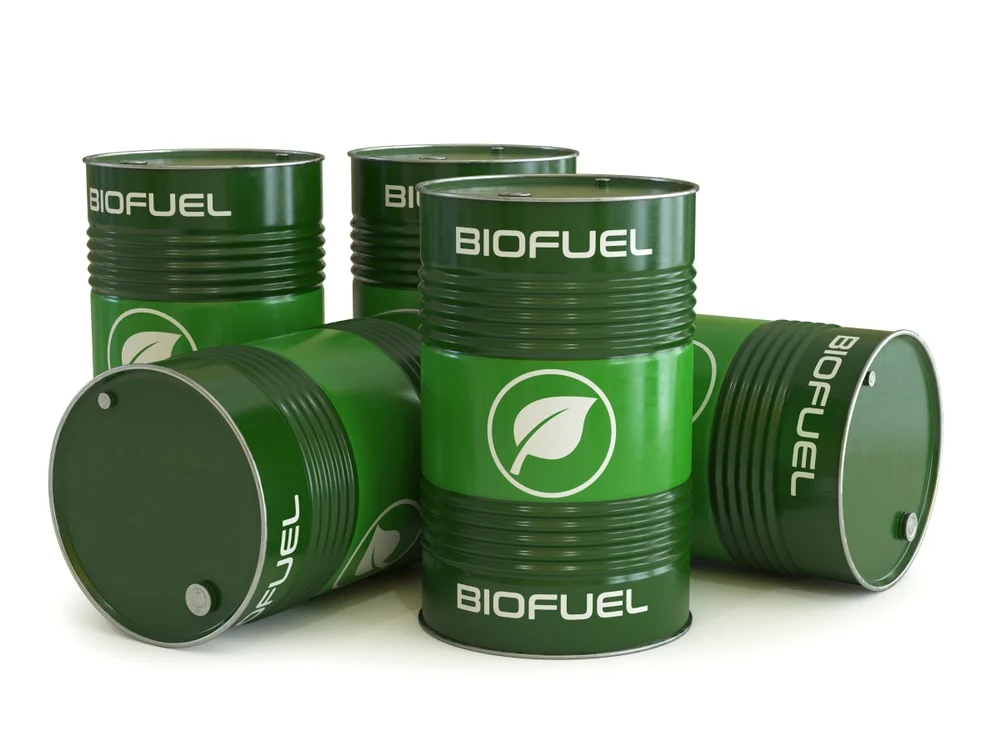
Is Biofuel Renewable?
Instead, while biofuels are considered a renewable resource—as they come from agricultural byproducts—they are not carbon-neutral and must be blended with fossil fuels.
For fuel retailers, offering biofuel as an alternative fuel might be better than doing nothing at all, but it won't set your business up for the transport revolution. It’s not an either-or scenario. With the transformation well underway, skipping carbon-neutral alternatives and only offering low-carbon biofuel solutions will simply not be enough to meet the needs of tomorrow’s customers.

What Will Happen to Gas Stations in the Future?
As the transport revolution accelerates, fuel retailers will need to make investments before reaping the rewards. With EVs leading the way and both hydrogen and biofuels on the horizon, fuel retailers face a pivotal decision: which direction should they take?
The truth is that while alternative fuels are emerging and their development is crucial to decarbonizing the transportation industry, electric mobility is clearly paving the way. For fuel retailers, this means that while today the EV-charging value pool is negligible, by 2030 it’s estimated to reach a staggering $121 billion, according to Grand View Research. This presents opportunities for fuel retailers to diversify and future-proof their business while generating an additional revenue stream.
So, should gas stations simply become electric stations?
No.
While the vast majority of passenger vehicles will be electric in the near future, that doesn't mean they will be the only ones on the road.
In fact, heavy transportation and other commercial vehicles are expected to explore a mix of decarbonized fuels. Even though short-distance transportation is (in most cases) perfectly suited for battery electric vehicles (BEVs), there are many situations and conditions that make alternative decarbonized fuels such as hydrogen a valid option. Additionally, as bans on ICE vehicles help electrify the cars on our roads, there will be a lengthy transition period where many are still looking to fuel up with gas.
As François Parlier, EV director at TSG, stated in our REVOLUTION Podcast, "The future will be a mix of energies for a mix of usages."
Regardless of what happens, what we now know as gas stations will be at the forefront of these changes and will need to offer a mix of energy to meet the diverse demands of different types of drivers passing through their establishments.










